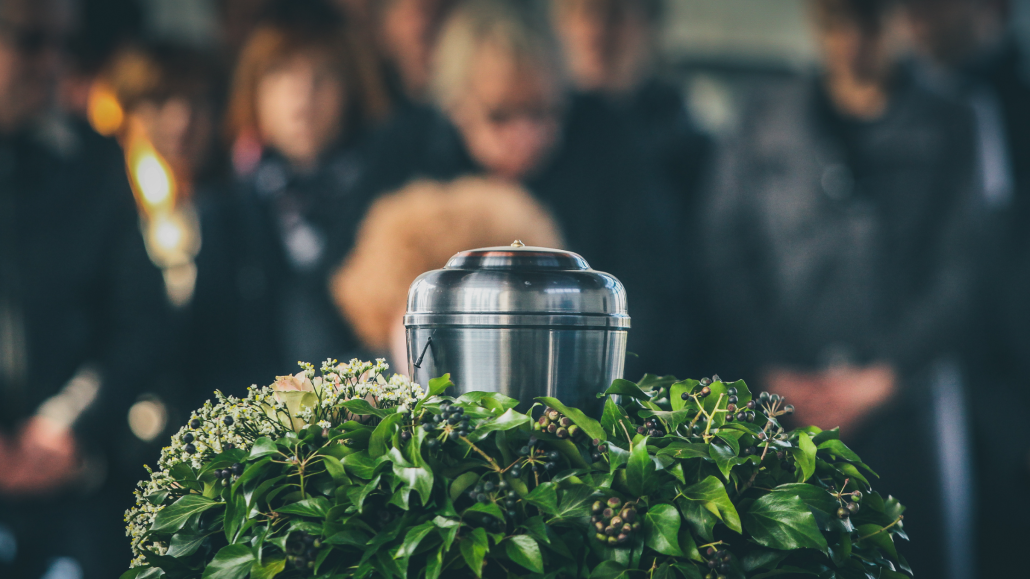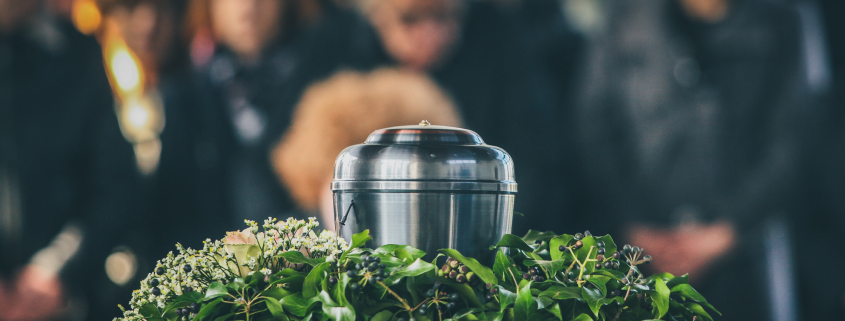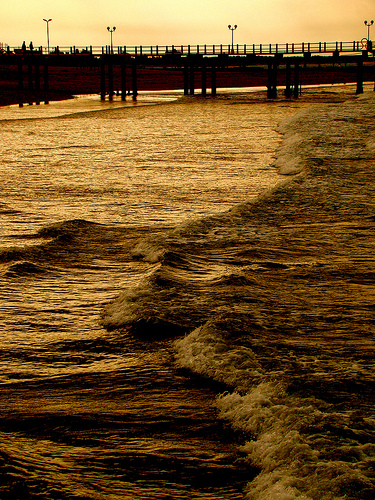How to Decide Between a Cremation and Funeral?
 Choosing between cremation services and burial is a personal decision that only you or your family members can make. In fact, you do it on your own with advanced funeral preparations, or your family members can make choices on your behalf after your demise. Either way, you need to know the details of both disposition methods to select one that fits your needs and values.
Choosing between cremation services and burial is a personal decision that only you or your family members can make. In fact, you do it on your own with advanced funeral preparations, or your family members can make choices on your behalf after your demise. Either way, you need to know the details of both disposition methods to select one that fits your needs and values.
Over the past years, especially during the pandemic, cremation has become increasingly popular, to the point where people prefer it over the traditional way of burying a body. But before you make any final decisions, it’s essential to think long and hard about the pros and cons of each method. In this article, we’ll outline the nuances of cremation and funeral so you can use them to weigh your options and make a sound choice you won’t regret.
The Key Differences Between Disposition Cremation and Funeral Services
The primary difference between the two is the state of the body. The body is incinerated in all types of cremations, from basic cremation to cremations with a reception. All that remains after the process is completed are ashes. In contrast, the body remains intact in a burial.
Both burial and cremation can take place immediately after a person’s death. A viewing can also transpire before the chosen final disposition method if the family wishes. But if the family prefers to have a reception following the burial or after the cremation, that can also be arranged by the funeral director.
In burial, the body is often laid underground with typical grave markers. Alternatively, it can also be interred in a mausoleum. On the other hand, cremation services allow the family to scatter the ashes, keep it close to home in an urn, or have it placed in a columbarium with special niches.
The Potential Costs of Cremations Versus Funerals
People often worry about paying for death care services because they are expensive. Between cremations and funeral services, the former can be the more economical option, especially if you opt for direct cremation with no embalming and a simple casket after death. Choosing a simple cremation service with no memorials and receptions can save a lot of money. You can bring home the urn or scatter the ashes where it is most meaningful for the deceased.
Contrary to this, burials can be expensive because you must purchase the land where the body will be buried. On top of that, you have to pay for embalming procedures, along with the viewing and burial. Costs can also be impacted by the following details:
- Chosen casket
- Type of flower used
- Length of viewing
- Funeral program (if there is one)
Culture and Faith in Preserving the Body’s Integrity
One of the most common concerns of people choosing their final disposition service is the respect accorded to the body. They want to honor the body while staying true to the memory of the deceased. Some people cannot fathom that the integrity of the body is compromised when the body is buried underground. Natural decay is not an option for some cultures and faiths, so they have chosen some form of cremation since ancient times. Examples of this are those who practice Buddhism, Jainism, Hinduism, or Sikhism.
However, keeping the body intact upon burial is necessary for some other faiths. To illustrate, Muslims have to undergo a ritual where they bathe the body and wrap it in white cloth before burial. Burning the body is considered haram or unclean. By the same token, fundamentalist Christian believers, the Eastern Orthodox Church, and Baptists do not permit cremation based on their own dogmatic principles.
Even the Catholic Church did not allow cremation until the 1960s. But today, churchgoers have the option to do what they deem fit for their deceased loved ones. Hence, culture and faith are also primary deciding factors for choosing between cremation and burial.
Potential Environmental Impact
If you’re living an eco-friendly lifestyle, the environmental impact of your chosen disposition method could be significant for you. Right now, many groups are debating on what is the most “green” choice between the two processes. For some, cremation is a serious offense because burning in the crematory chambers releases carbon and other gasses into the atmosphere.
However, some naysayers point out that crematoriums release minimal gasses into the air and undergo approval from environmental protection agencies. Hence, they are safer than burial. They also point out that most burial materials, like traditional caskets, are not biodegradable and embalming liquids to preserve the body seep into the soil and contaminate it.
For those who feel strongly about this issue, you can opt for greener alternatives. Take note of the following tips for eco-burials or cremations:
- Seek services that use environmental-friendly coffins like wicker, cloth, or cardboard
- Opt for services that do not use embalming fluids
- Examine the certifications of the facility to ensure they pass environmental protocols
Make the Best Choice that Feels Right For You
When it comes to your final choice between funeral and cremation services, there is no right or wrong answer. You may consult with family members or elders of your religious group to hear their opinions. But at the end of the day, it is a deeply personal choice that hinges on selecting the practice that aligns with your values and beliefs.
And, of course, your finances will also play a significant role in the options you may wish to include in the services. Even if you have a limited budget and can only do something simple or pick affordably priced materials like urns and caskets, your intention matters most. The fact that you’re taking time to plan a meaningful service for the deceased shows how much you love and care for their memory.








